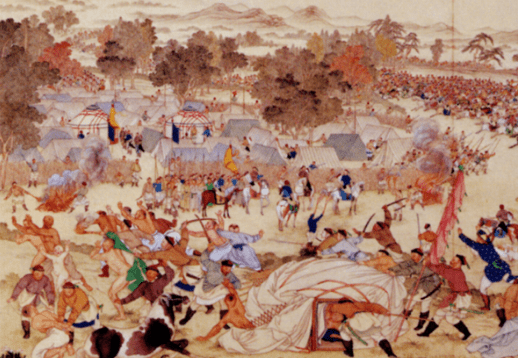Conquering of Mongolia by Qing Dynasty

In 1644 the Qing Dynasty was established by the ethnic-Manchu, following an invasion of this non-Han Chinese people from a region northwest of China and north of Korea. This was the second non-Han Chinese dynasty to rule China [Harris, Sanders, & Lattimore, 2019]. Manchu-led forces had subjugated Korea in 1636, and officially put an end to the tottering Ming Dynasty by their 1644 invasion. Prior to this invasion, by 1635, the Manchus had subjugated the southern portion of Mongolia, which they referred to as “inner” Mongolia, giving rise to the distinction that remains today [Harris, Sanders, & Lattimore, 2019]. By the end of the 17th century (about 1694), Manchu forces were able to conquer the northern portion of Mongolia. The period of separation of the Mongolic peoples between those who were a part of occupied Mongolia and those who were not, led to the people of Inner Mongolia developing a closer relationship to China [Harris, Sanders, & Lattimore, 2019]. It was during the Qing Dynasty that the colonization of the Mongolian region by Chinese settlers first began in earnest. This trend in the movement of ethnic Han Chinese peoples into lands traditionally inhabited by Mongols continues today [Harris, Sanders, & Lattimore, 2019].